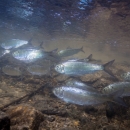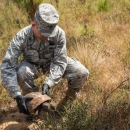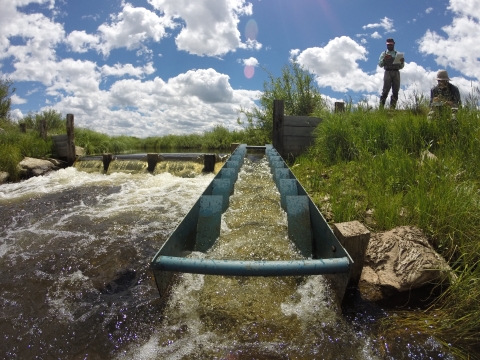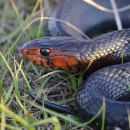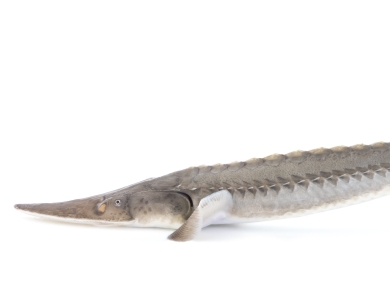About Us
The Montana Fish and Wildlife Conservation Office is part of a network of field stations throughout the nation. The program fills a vital role in restoring and maintaining the health of the Nation’s fish and wildlife resources. The program functions like a general practitioner in the medical field: its biologists monitor the health of fish and wildlife resources, diagnose ailments, prescribe remedies, refer specific problems to specialists, and coordinate diverse efforts to restore and maintain health. The program helps avoid listing actions under the Endangered Species Act – or in other words, keeps the patient out of the intensive care unit. The American people benefit from healthier ecosystems and resulting increases in fishing and other recreational opportunities.
What We Do
Our office provides technical assistance to tribes; collaborates on fishery restoration with the National Fish Hatchery System; conducts scientific studies into fishery problems; restores habitat through the National Fish Passage Program and the National Fish Habitat Action Plan; and collaborates with partners to conserve migratory fishes that cross multiple jurisdictions.
Our Organization
Our Species
Currently the Montana Fish and Wildlife Conservation Office is focused on three species:
- Arctic Grayling (Thymallus arcticus)
- Bull Trout (Salvelinus confluentus)
- Yellowstone Cutthroat Trout (Oncorhynchus clarkii bouvieri)
Location and Contact Information
- Montana Fish and Wildlife Conservation OfficeView Details4052 Bridger Canyon Road Bozeman, MT 59715-8433

